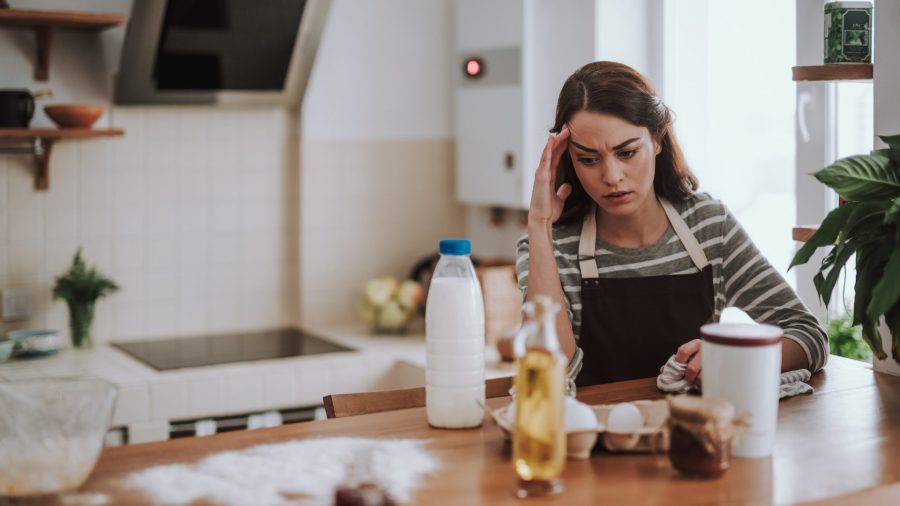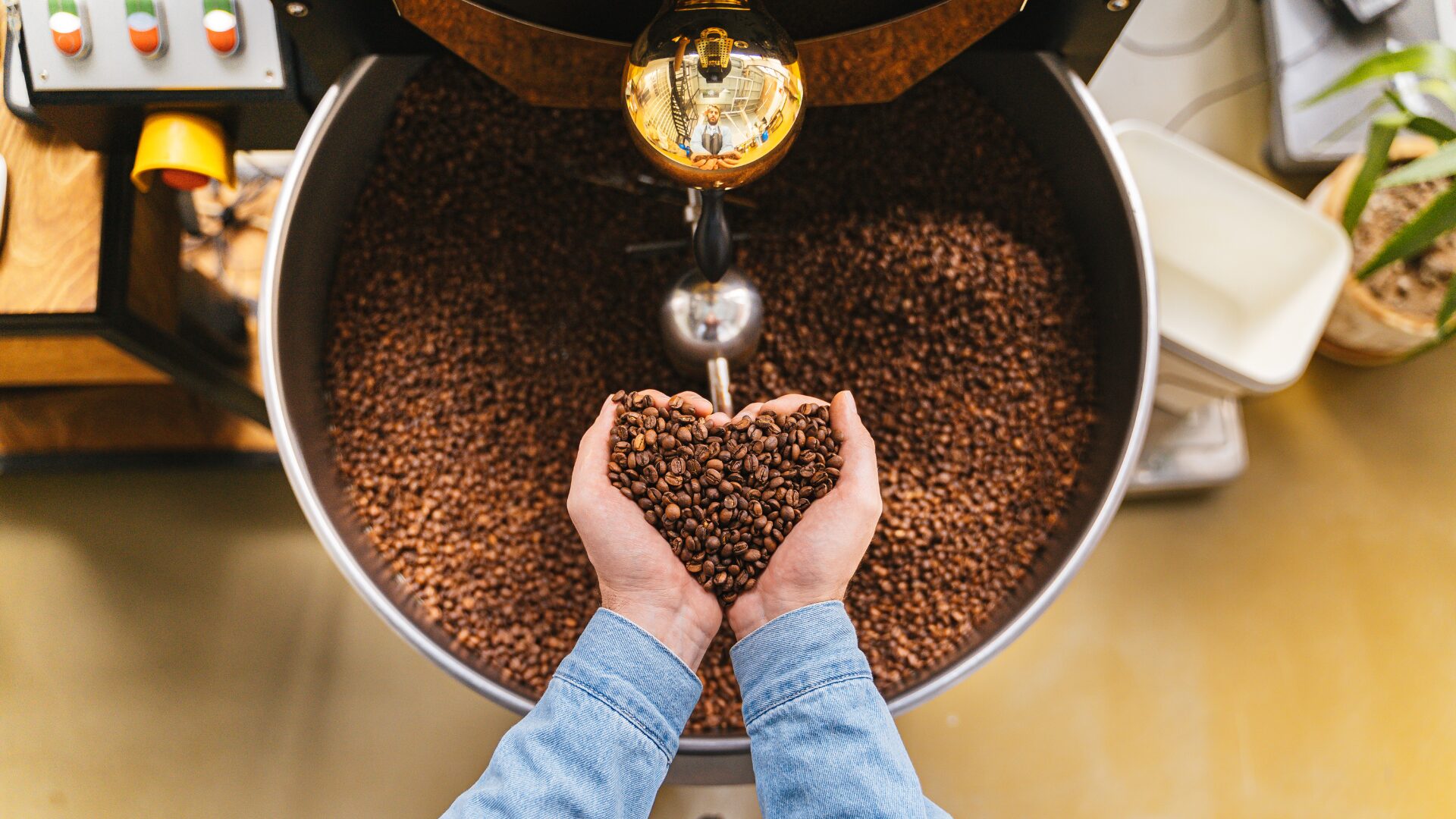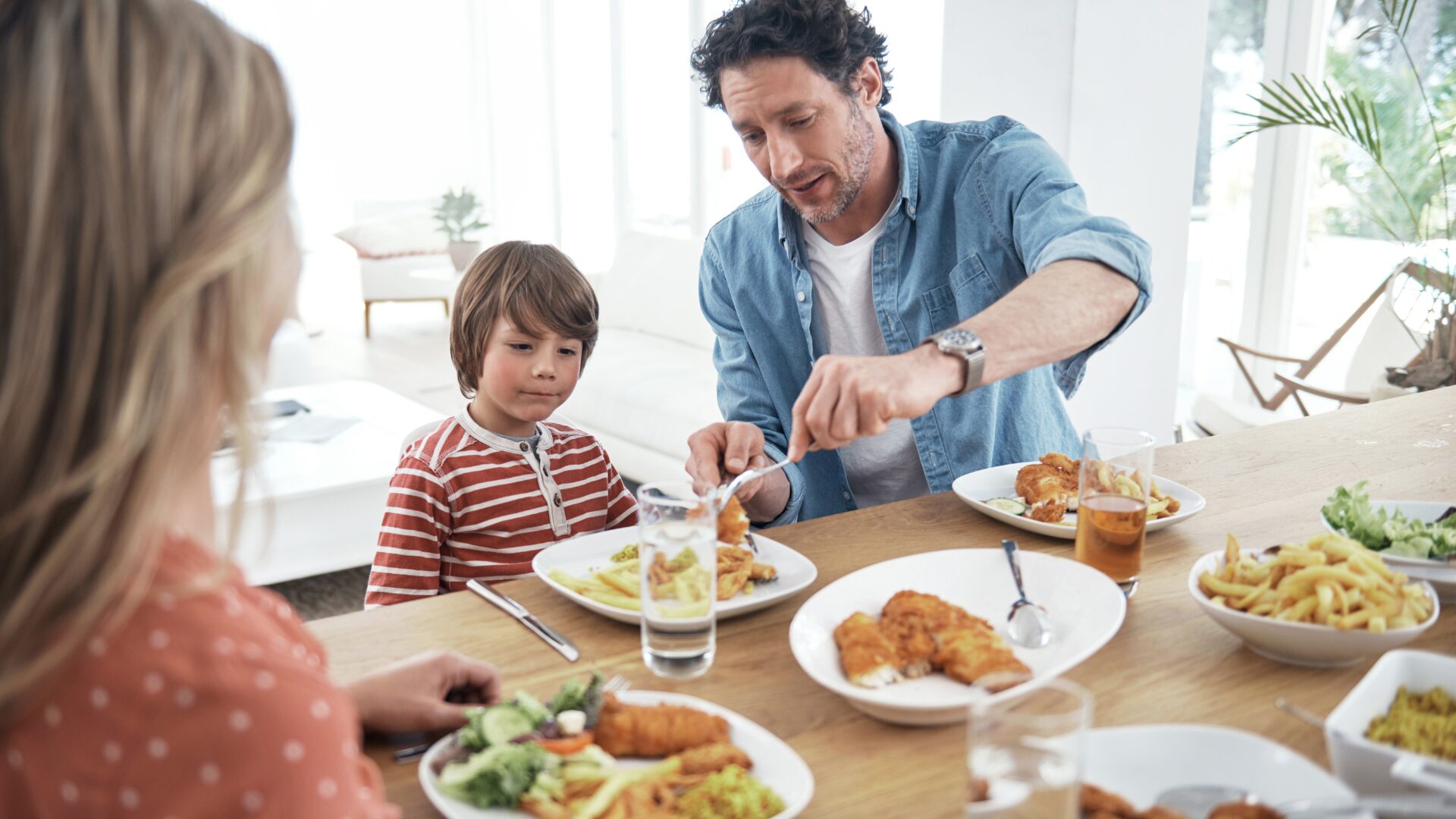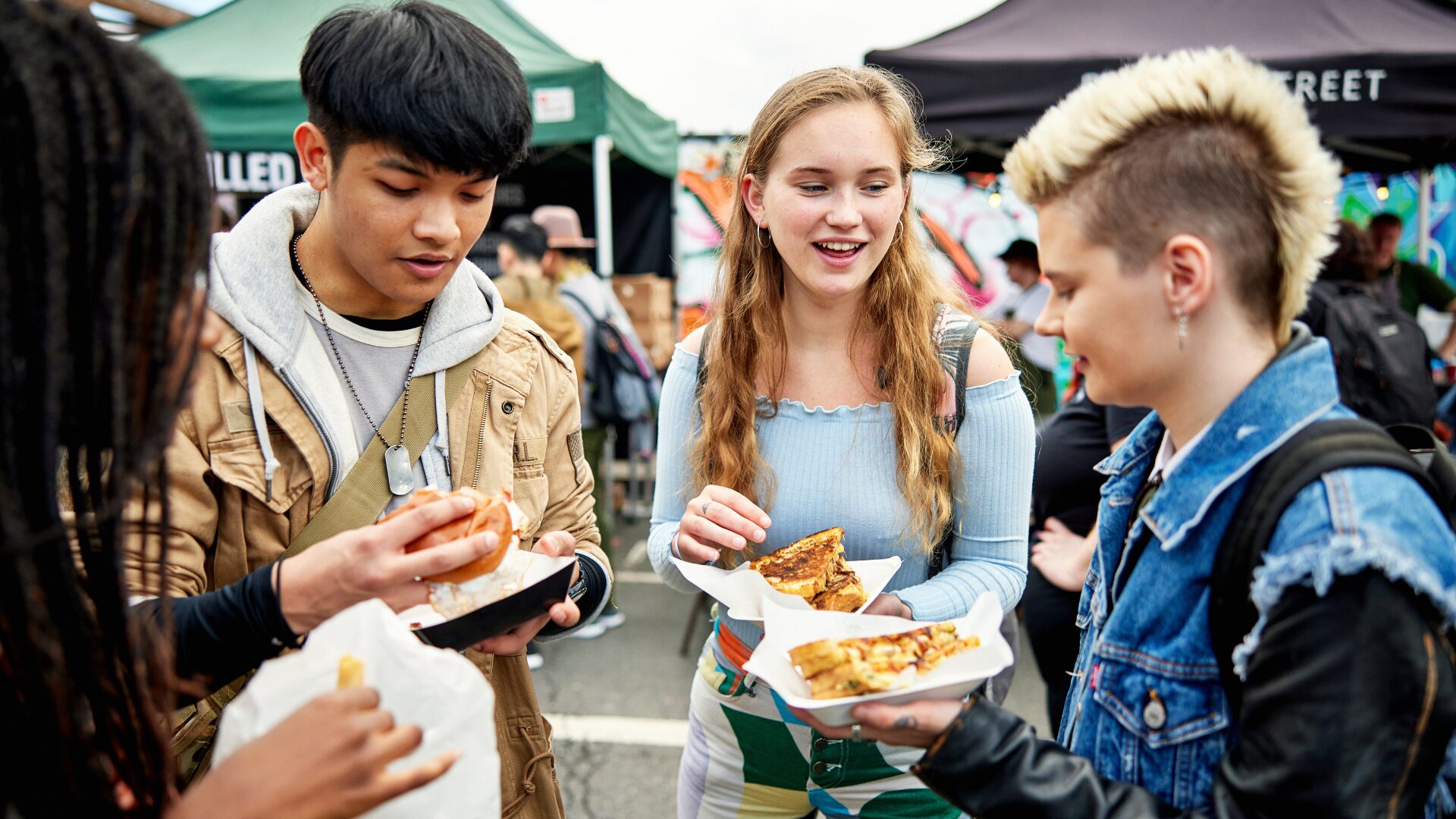After two years of more cooking at home, it looks like Americans are getting tired of meal prep.
A survey by OnePoll on behalf of Jennie-O found that six in 10 respondents admitted feeling “burnt out” by cooking. More than half (52%) say they’ve been cooking at home more during the pandemic than they did before – and 21% admitted they’re cooking “more than they’d like” as a result.
On a recent Food Institute Podcast, RBC Capital Markets Managing Director Nik Modi pointed out that during the CAGNY conference, General Mills also called out meal prep fatigue in their presentation.
“It doesn’t mean people are not cooking at home,” said Modi. “They’re looking for more convenient ways to cook … I would expect simpler menus, ingredients, and recipes as we move forward through 2022.”
The Food Institute reviewed findings from the Jennie-O survey to learn how consumers are combatting this fatigue.
ADDING NEW FLAVORS
For those who feel like they’re stuck in a cooking rut, 26% cited a lack of variety in their meals. Sixty percent have even experimented with a recipe of a frequently-prepared dish out of sheer boredom.
“During the last couple years, as more people worked from home, more have also been cooking at home as well,” said Nicole Behne, vice president of marketing at Jennie-O, in a press release. “Through experimentation, home chefs have discovered useful cooking hacks and recipe additions. Even something as simple as swapping out the protein you use can make a dish seem new and interesting.”
The most popular way consumers are remixing recipes is by adding new spices to the mix with 42% doing so. This is unsurprising since, throughout the pandemic, consumers became more adventurous in their cooking and eating by leaning into more international cuisines.
During the previously mentioned Food Institute podcast, City National Bank Managing Director Eric Viergutz noted that he expects this trend of buying “bold exotic flavors” to continue – something that could keep impacting cooking habits.
Other well-liked methods included adding fruits and vegetables in subtle ways (41%) and combining opposite or contrasting flavors like salty and sweet (40%).
WHERE ARE CONSUMERS GETTING INSPIRATION?
When asked where they get their inspiration for these meals, 37% cited their friends and family as their prime source.
A third also turn to Google for creative ideas, while a similar number reported coming up with new ideas by themselves. YouTube, which has a plethora of recipe videos to choose from, was also cited by 31% of respondents.
INSTAGRAM-WORTHY MEALS
Like many areas of the food industry, social media is also having its impact on home chefs.
Respondents think they make about four social media-worthy meals (food that’s visually pleasing enough to post online) in a given week. About half actually considered creating a social media account just for their creations.












